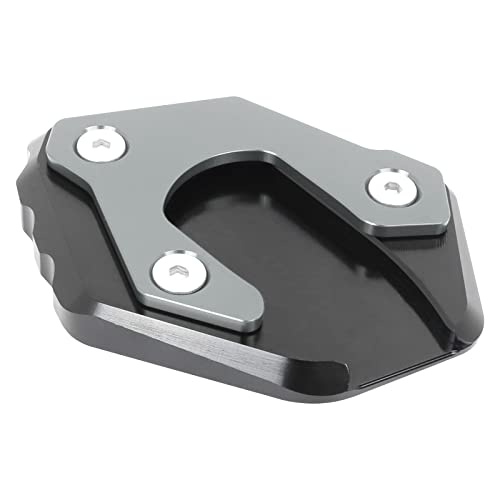I have always been curious about the why's and wherefores of swingarms; single vs. dual.
Is there any particular reason why some bikes have one over the other? Technical advantages? or is it a weight or visual preference thing?
And yes, I do know what they are for.
Hey? It's not Friday...be gentle.

Is there any particular reason why some bikes have one over the other? Technical advantages? or is it a weight or visual preference thing?
And yes, I do know what they are for.
Hey? It's not Friday...be gentle.
































































